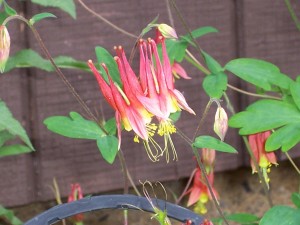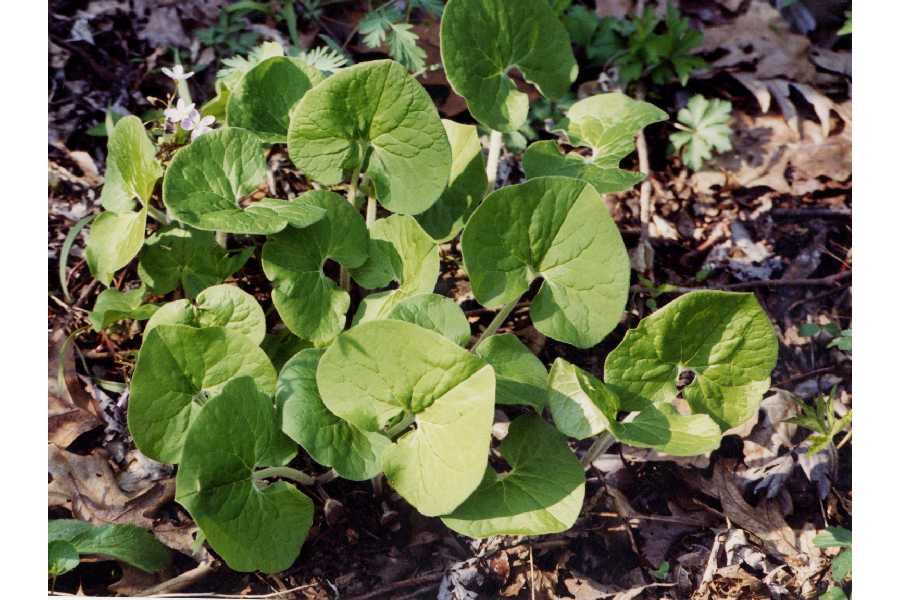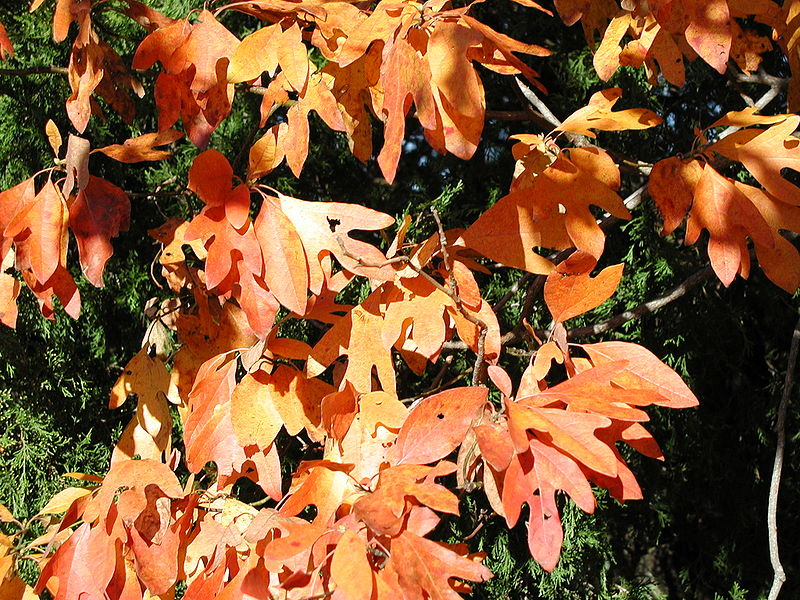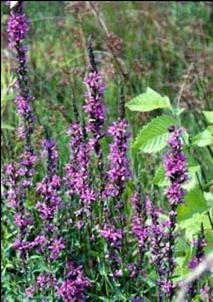The D&L Blog

It is the time of the year when more and more sunny days are in the forecast. That means additional opportunities to get out on the trail and enjoy the beauty of nature. This blog will help familiarize you with several of the plant species you might encounter on your journey. Many of these plants are tucked away, but a keen eye will be able to spot them from the trail. Please be courteous and observe the flowers with your eyes. Picking the flowers is not recommended, so please have your camera ready instead. For more information or resources on native plants, please visit http://iconservepa.org/plantsmart/index.htm
Native Wildflowers
Dutchman’s Breeches (Dicentra cucullaria) common name derives from the white flowers that look like pants or breeches. The clusters of fragrant flowers grow on a leafless stalk and have a distinct V shape that makes this plant unique. Even the scientific name is derived from the Greek for “two-spurred.” The flowers are pollinated by early bumblebees, whose proboscis, the tubular mouthpiece, is long enough to tap the nectar. Honeybees have a shorter proboscis and can only gather the pollen with their front feet. Dutchman’s breeches can be found in rich wooded habitats, especially along the southern portion of the D&L trail. The foliage is toxic to mammalian herbivores due to its narcotic and toxic substances in the poppy-related genus. The ability of Dutchman’s breeches to induce drunken staggering if cattle graze on it helps to explain one of the common names of this plant, Little Blue Staggers.
Wild Columbine (Aquilegia canadensis) is a perennial flower than can be seen blooming between April and June. This beautiful wildflower can often be found along wooded or open slopes. The distinctive red and yellow flowers are 1-2 inches long and are equipped with upward spurred petals. These droopy, bell-like flowers have backward-pointing tubes. This trait is also shared with the garden columbine. The long tubes, or spurs, contain nectar that attracts butterflies and hummingbirds that can reach the sweet nectar inside. Wild columbine has been cultivated in Europe and America since the mid-1600s. Native Americans used infusions from different parts of the plant for a variety of ailments including a wash for poison-ivy.
Wild Ginger (Asarum canadense) makes for a good ground cover with a plant size of less than a foot. Wild ginger grows best in rich woods that are moist and shady. The flowers of this plant are maroon and typically begin to bloom in April and May. The leaves of this plant are most recognizable. They are large, hairy, and heart-shaped. Wild ginger leaves are typically 3-6 inches wide and often overshadow the flower. The root of this flower has a strong ginger-like odor, but it is not related to the ginger you can find at the supermarket. However, if the root is cooked with sugar, it can be used as a substitute for ginger. There is also documentation of the plant used for medicinal purposes among several Native American groups.
Sassafras (Sassafras albidum) is a medium sized tree that can reach 30-50 feet tall. These trees are prevalent along the entire trail and can be found in loose, moist soil. The easiest way to recognize a sassafras tree is by observing its leaves. The leaves have three distinct shapes (three-lobed, two-lobed, and unlobed elliptical leaves) that can all be found on the same branch. In fall the leaves turn to shades of yellow and red. Sassafras is often grown as an ornamental tree for its unique leaves and aromatic scent. However, there are several uses for the sassafras tree. Sassafras oil is distilled from the root, bark, or fruit and was used as a fragrance in perfumes, soaps, and food, such as sassafras tea and candy flavoring. The dried leaves are known as filé powder, which is still used in several Cajun dishes. The root or root bark can be used to make tea, but most commercial sassafras teas are now artificially flavored. Sassafras oil contains a high percentage of safrole, which the FDA recognizes as a carcinogen. A safrole-free sassafras extract is now used for flavoring.
Invasive Plants
Purple Loosestrife (Lythrum salicaria) originated from Eurasia and was introduced to the United States in the 1800s for ornamental and medicinal uses. Purple loosestrife is capable of invading river banks, stream banks, pond edges, and any other area that contains a similar profile to a wetland. Under favorable conditions, purple loosestrife is able to replace native vegetation with a dense growth that endangers rare species and provides little value to wildlife. A single purple loosestrife plant can produce 30-50 stems of magenta-colored flower spikes. Each one of these stems can produce two to three million seeds per year. This vast quantity of seeds is dispersed by wind or water and help to support the rapid spread of this plant. Besides herbicides and plant removal, imported beetle species, approved by the USDA, provide an effective method for long-term control of large infestations.

















